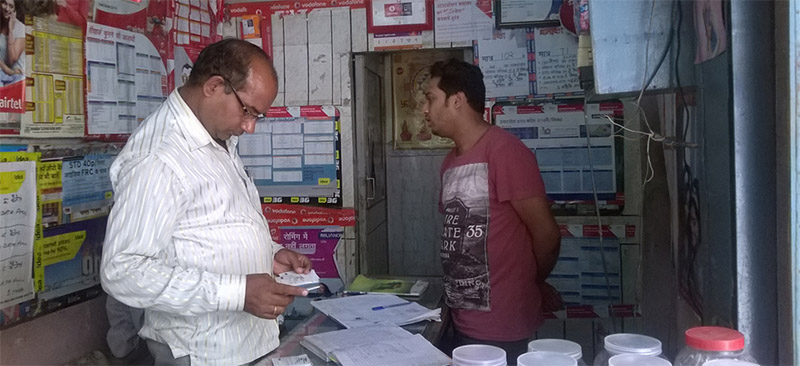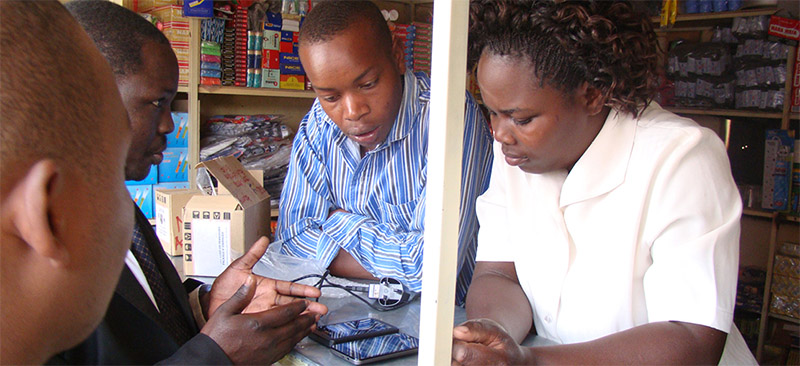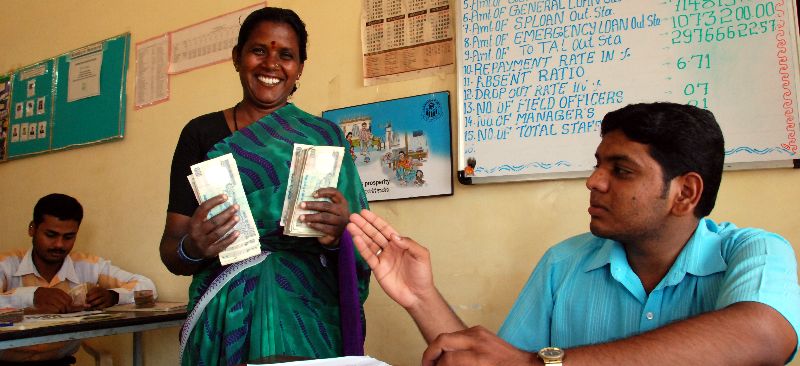In this video series-1, Carlos Danel, Founder and Co-CEO of Compartamos Bank Mexico speaks about the factors that enabled them to become the regional industry leader and provide financial services to more than one million poor women in the rural areas. He also enlists the various products and services Compartamos provides to its customers.
Blog
Does Mobile Banking Require A Card?
Mobile banking was always going to be the alternative to cards, a cheaper easier to manage product/channel combination that would sweep away the straight jacket of pricing and rules associated with the card industry. However it now seems likely that realising the full potential of mobile banking is most likely to come from the integration of mobile and card solutions, products and channels.
Product Development Booklet
The Product Development is the second publication under the Optimising Performance and Efficiency (OPE) Series. The OPE Series brings together key insights and ideas on specific topics, with clear objective of providing microfinance practitioners with practical and actionable advice.
The Product Development Booklet is a compendium of MicroSave’s Briefing Notes and India Focus Notes with focus on a wide range of opportunities, issues and challenges. This brief publication mines MicroSave’s rich experience and blends it with that of leading consultants and practitioners in the field of product development and research. There are enriching experiences from Asia and Africa where MicroSave has partnered with a number of MFIs in delivering its product development expertise along with market research. Product development is one of the core areas which determine expansion of MFIs in relation to its target clientele.
Mobile Payments: Ten Years On, What Has Changed?
A decade ago it seemed clear that it was only a matter of time before mobile payments and mobile banking became a major part of the way in which poor people received financial services. This Briefing Note considers some of the key developments. Providing that a dominant and interoperable transaction infrastructure emerges, there should be major opportunities for MFIs to re-engineer business process to reduce costs using the capabilities of mobile payment platforms. This is already happening in the Philippines, and in Kenya.
Microfinance – Time to Get to Back to Basics?
The rapid growth of the microfinance sector in the last few years has completely changed its complexion and nature. Detractors of typical ‘Grameen’ replicators have been saying for a while that high rates of growth have led to mono-products and multiple lending to a vulnerable section of the population. Overall, the need for microfinance in India cannot be understated and the role of private sector microfinance whether in ‘for-profit’ or ‘not-for-profit’ formats will remain. However, any business which forgets its client cannot have a bright future.
Compartamos Controversy Leadership and Responsibilities Part 3
In this video Richard Rosenberg, consultant to CGAP, discusses the details behind Compartamos Controversy. He explains why profit was necessary to attract investors and what factors led to the controversy. In retrospect, he also reflects on what could have been done to avoid the crisis. Compartamos Bank Mexico is one of the leading MFIs in Latin America.



